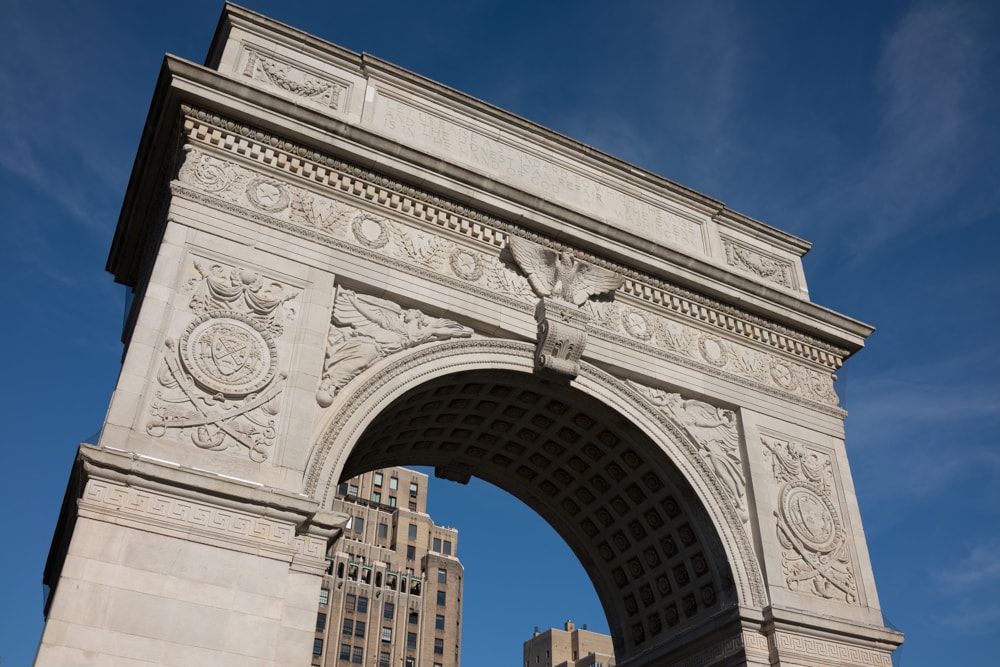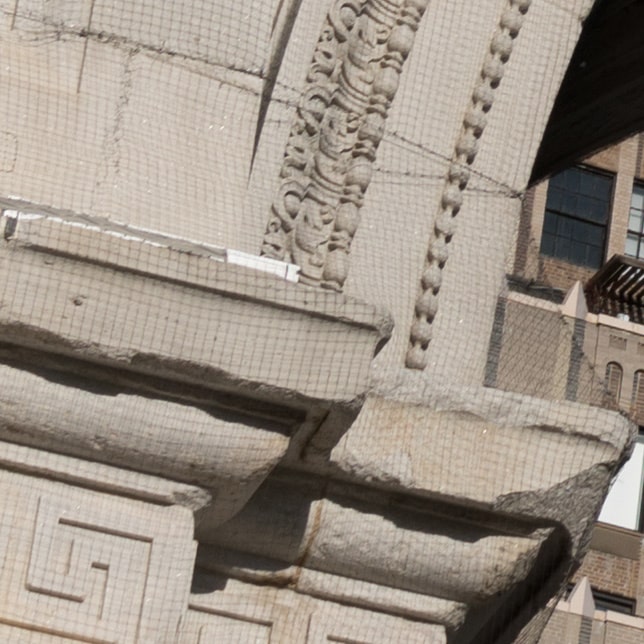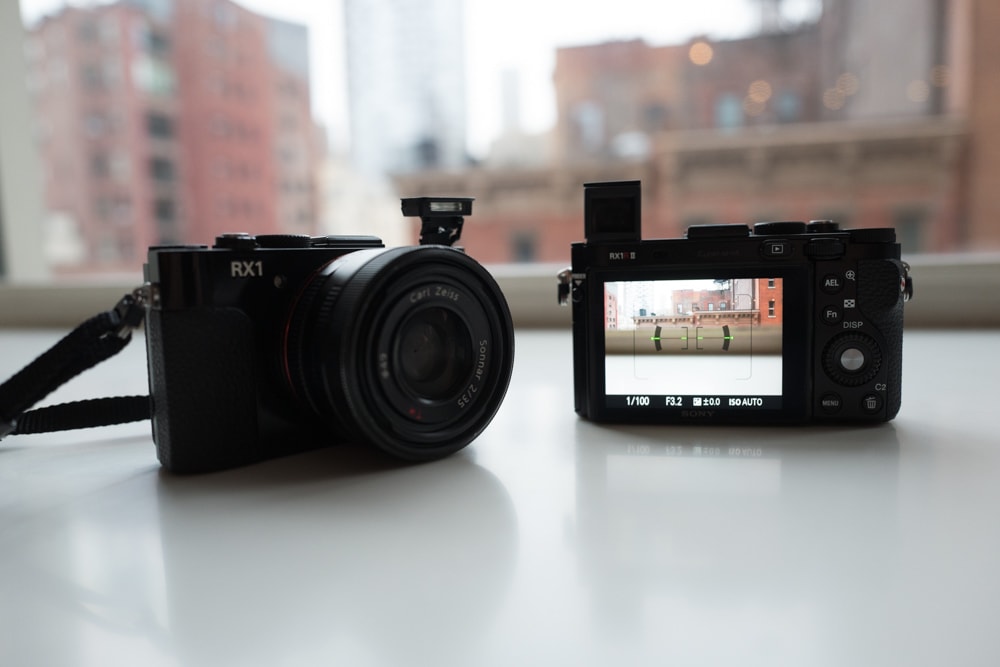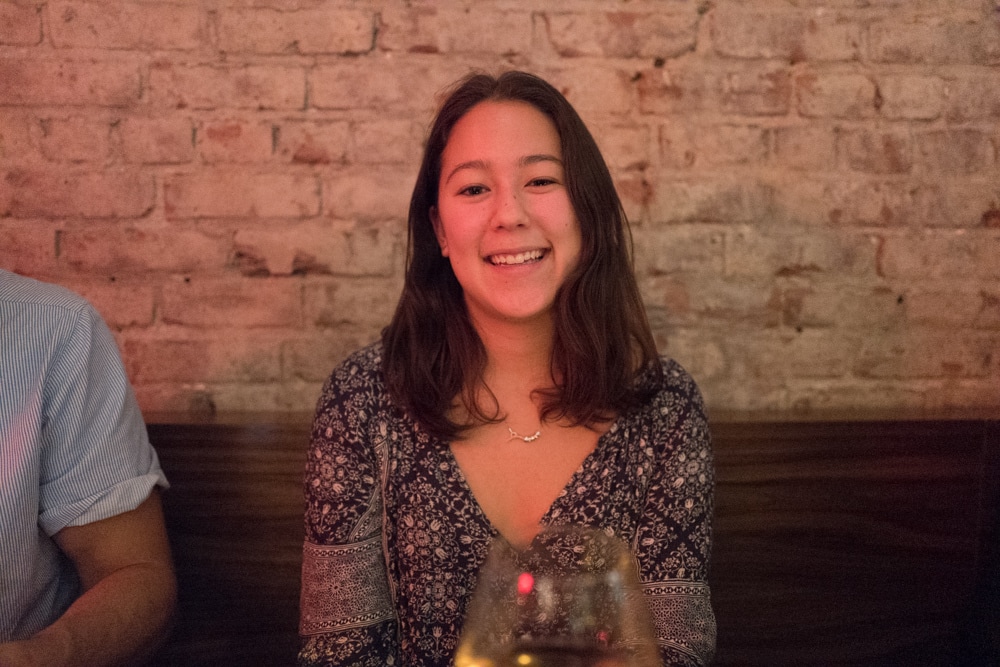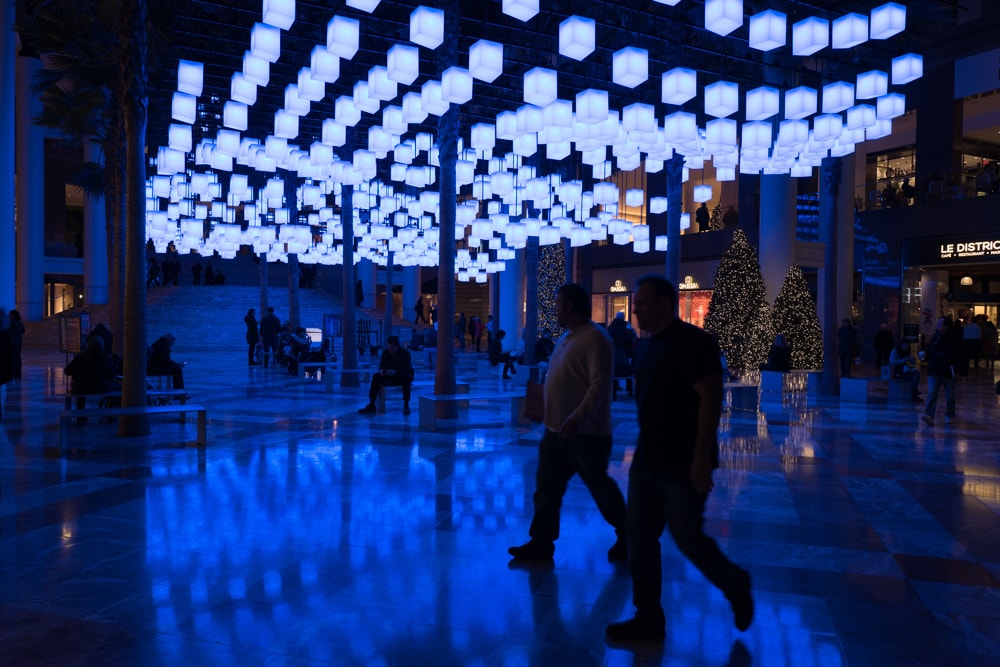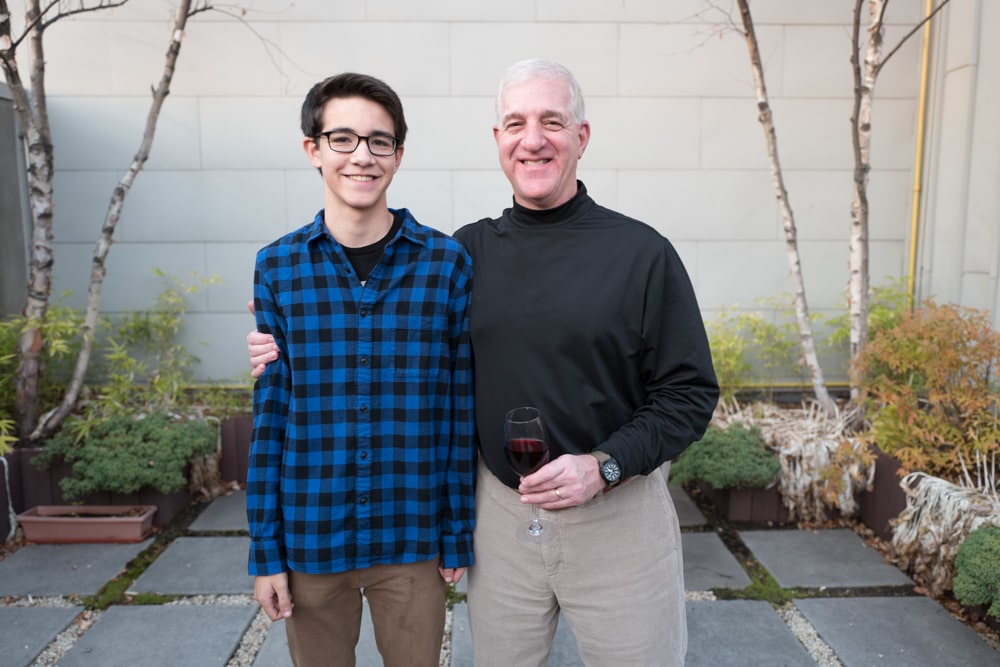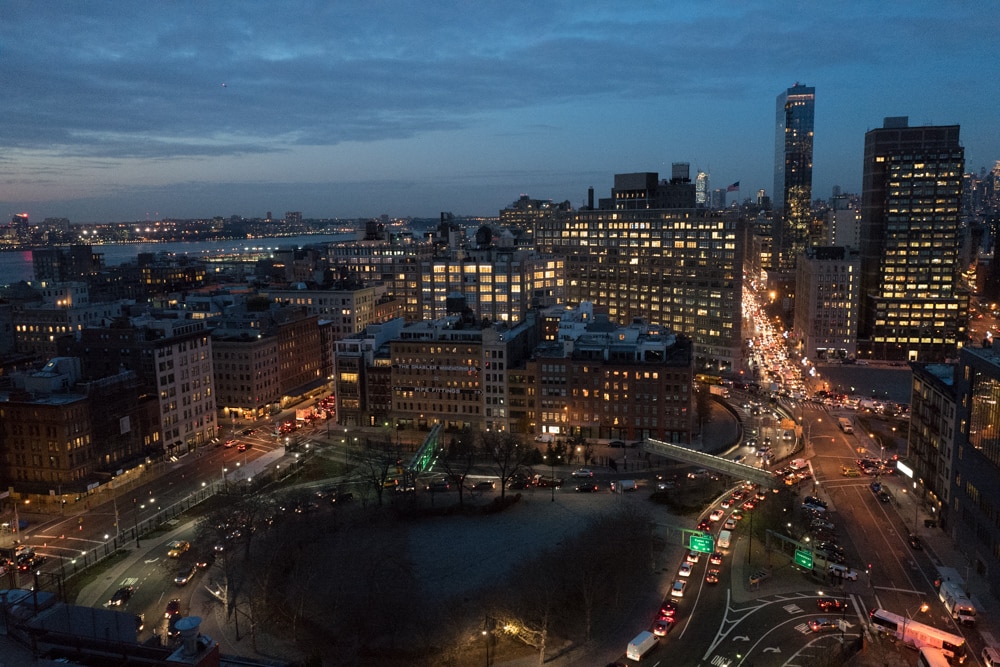Share
The Real World: Leica Q vs Sony RX1R II
When the biggest complaint you have about a camera concerns the image quality at ISO 25,000, you know you have a first world problem. Such is the c...
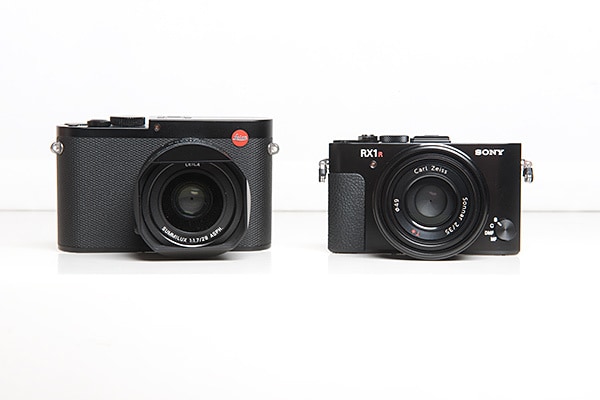
When the biggest complaint you have about a camera concerns the image quality at ISO 25,000, you know you have a first world problem. Such is the case when comparing two full-frame compacts: the Leica Q and the Sony RX1R II.
Yes, there are differences between the cameras (which I’ll get into), but using either camera is a joy and if your goal is a high quality, lightweight “point-and-shoot,” you won’t do any better than one of these bad boys. I have been using the original Sony RX1 for the past three years, and it has traveled with me to a dozen countries providing the small and surreptitious body that I always wanted in a travel camera. Yes, there are times when I still pull out my DSLR, but those times are becoming increasingly rare.
As great as the RX1 has been, I have two main gripes: 1) autofocus is slow in low light, and 2) the mechanical leaf shutter tops out at 1/2000s with apertures bigger than f/5.6 – not a problem for most photography, but on bright days when you want to shoot wide open for that street fashion photo, it’s a letdown. Others have complained about the lack of built-in EVF (I got used to using the LCD display), poor battery life (I carry at least two spare batteries with me), and the barrel distortion (easily addressed with a Lightroom lens profile). I had great hopes for the RX1R II.
I was unexpectedly surprised by the utility of RX1R II’s articulating screen. Prosumer cameras have had such a feature for years, but it’s a bit rare on higher end cameras (the uber-popular Nikon D750 has one). Shots that used to require me to crouch down were more easily visualized, and the ever popular birdseye view of food didn’t require me to stand over a plate. This new version will surely continue to be popular with the food bloggers.
The RX1R II features the same sensor as the a7R II – a 42MP beast that churns out an 84MB RAW file. When I saw the spec, I rolled my eyes. But in truth, when using the compressed mode, the files are 43.2MB in size, which is pretty darn close to the Nikon D800’s 36MP (which clocks in at about 45MB). The detail of the files is incredible as you might imagine, and having so much resolution gives you significantly leeway to crop without sacrificing detail or file size.
The EVF replaces the position of the RX1’s built-in flash. I suppose when your sensor can shoot at ISO 104,000 the need for a flash is diminished. The EVF has a ton of detail and the refresh rate is high, but the viewport is a small so Sony includes an eyecup accessory. But when the eyecup is attached, you can’t lower the EVF back into the body, which obviously increased the overall volume of the camera. But as someone who wears glasses, I found it difficult to see the entire EVF field of view. Nevertheless, I did find myself using the EVF a few times when bright ambient light made it difficult to see the rear screen.
Sony claims a 30% increase in focusing speed in addition to a 399 focal-plane phase detection system. Is it faster than the RX1 (a contrast detection mechanism)? Yes. But it’s still slow in low light (I’m talking >=ISO 6400), and the lens appears to rack through its focus range to attain a focus lock, which chews up valuable time. Even when using the dreaded AF Assist lamp, I found the focusing to be slow. Slow autofocus is possibly the only disappointment of the new camera.
Which brings us to the Leica Q.
The Q is not cheap at a retail price of $4250. On the other hand, the RX1R II is $3,898 – so neither camera is cheap (but neither is a full-frame DSLR with a good piece of glass). The Q is bigger, but when the RX1R II’s EVF is deployed with the eyecup, the height is nearly identical. The Q is heavier by about 150g, but curiously the density of the RX1R II makes the units feel about the same weight.
I didn’t find the Leica’s touch screen to be terribly revolutionary. Yes, it’s nice to swipe between photos, and touch the screen for different menu options, but the software doesn’t enable touch for every function. The Q’s exposure compensation dial is unmarked – you don’t know how much compensation you’ve dialed in without activating the screen or EVF. The Sony’s compensation dial is fantastic. It’s labeled and it has the most satisfying of clicks.
The Q’s EVF is fantastic, albeit a bit contrasty. The viewport is huge – not a problem for eyeglass wearers – and boasts 3.68 million pixels to Sony’s 2.36 million, but really, we’re splitting hairs. I don’t have the visual acuity to really tell the difference while out in the field.
The Q has a 28mm f/1.7 lens, which I found to be a bit wide. When taking photos of people from a few feet away, there’s a bit of facial feature exaggeration that I found unappealing. But the quality is ridiculous. The DNG has a built-in lens profile, so it’s impossible to tell what sort of barrel distortion might exist. I don’t care what sort of voodoo happens in Lightroom because the photos look great.
And the Q’s focusing is ridiculously fast. Even in low light, and especially with the AF Assist lamp. Comparing focusing speed with the Sony is apples and oranges. The Q is that much faster.
Ultimately, picking a camera is a personal choice because everyone has different goals with their photography and criteria for important features. I travel a lot so size is an issue. I shoot in low light frequently, so focusing speed and accuracy matters. I don’t care about shooting video so I didn’t bother trying the video features of either camera. Moiré patterns don’t affect my photography, so the Sony’s variable low-pass filter doesn’t really excite me much. Lastly, I post my images on Facebook and on PhotoShelter. No exhibition prints for me. Both cameras are more than qualified for those tasks (which is also why I’m not providing 100% crops. DPReview has a studio scene comparison for technical types).
I wish the Q had a 35mm lens. I wish the RX1R II focused faster. I wish the Q was smaller. I wish the RX1R II had a more intuitive menu system. I wish the Q had a DNG-only mode. I wish both had easier ways to transfer images to my iPhone.
So which camera did I choose and why?
I picked the Leica Q first and foremost because of the focusing speed. It was a real pet peeve issue for me, and I just couldn’t look away for another 3 years. The other issue is the EVF. I never used the EVF on the original RX1, and I’ve always said that I didn’t need it. But now I do, but not for the reasons you might think. You see, I’ve gotten a little older and I’m having more trouble focusing my eyes close up (presbyopia for the opthamology inclined). That has meant peering over my glasses to see the LCD screen on the RX1. But with the large EVF of the Leica Q, it’s not a problem. I know I’ll miss the smaller body of the RX1R II.
The camera is simply a tool, and both the Sony RX1R II and the Leica Q are fine tools. If you can’t make good photos with these cameras, it’s on you. Speaking of which, I think I’ll go make some pictures now.
This post was updated to accurately reflect the price of the Sony RX1R II.


